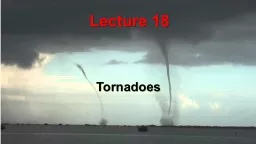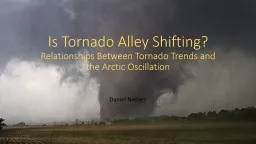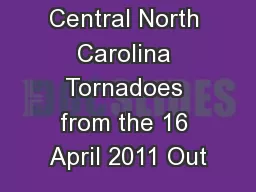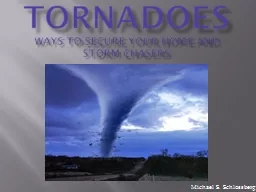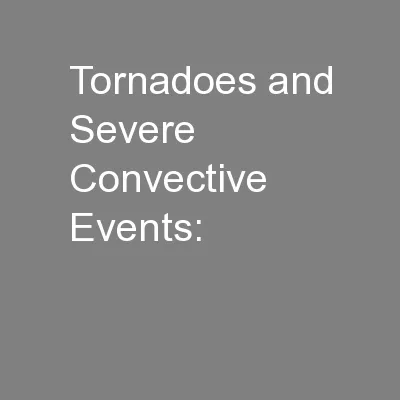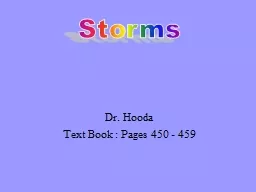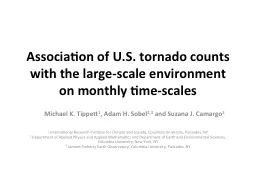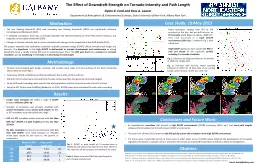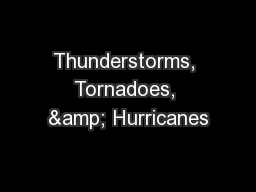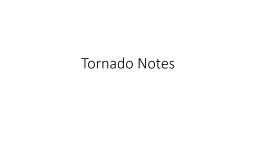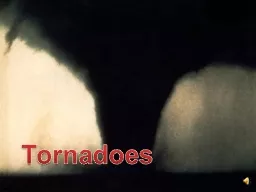PPT-Tornadoes Lecture 18 2 Learning Goals for Part 2 of Chapter 10
Author : yoshiko-marsland | Published Date : 2018-03-19
Be able to describe how and why a TORNADO forms and the role of the MESOCYCLONE in formation Be able to identify the THREE main TYPES of tornadoes and the
Presentation Embed Code
Download Presentation
Download Presentation The PPT/PDF document "Tornadoes Lecture 18 2 Learning Goals fo..." is the property of its rightful owner. Permission is granted to download and print the materials on this website for personal, non-commercial use only, and to display it on your personal computer provided you do not modify the materials and that you retain all copyright notices contained in the materials. By downloading content from our website, you accept the terms of this agreement.
Tornadoes Lecture 18 2 Learning Goals for Part 2 of Chapter 10: Transcript
Download Rules Of Document
"Tornadoes Lecture 18 2 Learning Goals for Part 2 of Chapter 10"The content belongs to its owner. You may download and print it for personal use, without modification, and keep all copyright notices. By downloading, you agree to these terms.
Related Documents

